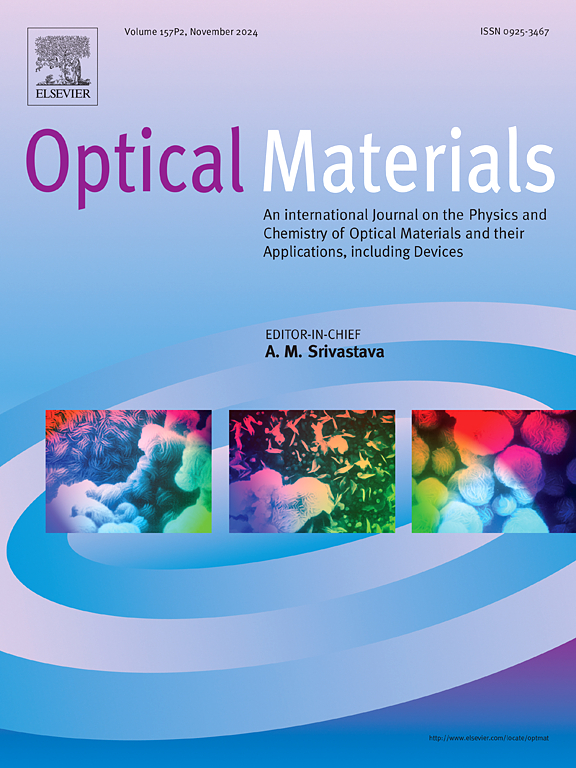基于机器学习模型的Bi-TiO2纳米材料处理有毒水染料污染物
IF 3.8
3区 材料科学
Q2 MATERIALS SCIENCE, MULTIDISCIPLINARY
引用次数: 0
摘要
在本研究中,通过单步超声技术有效地合成了负载铋的TiO2纳米颗粒。采用粉末x射线衍射技术和其他物理化学表征方法对Bi-TiO2纳米材料进行物相鉴定。此外,铋浓度的变化(0.3 M, 0.5 M和0.7 M)导致带隙的显著减小(3.20,2.95,2.91和2.80 eV)。通过光催化降解水中有毒污染物刚果红偶氮染料,评价了这些样品的降解效率。0.7 M bi负载样品在480 min内对刚果红染料的降解效率约为95%。此外,使用多种清除剂(乙二胺四乙酸(EDTA),异丙醇(IPA)和苯醌)进行了光降解实验,表明OH●自由基主要降解。采用机器学习(ML)模型预测了Bi-TiO2纳米材料处理刚果红染料的光催化降解效率。利用随机森林(RF)、梯度增强决策树(GBDT)和XGBoost模型,我们优化了催化剂浓度、染料浓度和清除剂存在等几个实验条件,以最大限度地提高降解效率。本文章由计算机程序翻译,如有差异,请以英文原文为准。
Bi–TiO2 nanomaterials in treating toxic water dye pollutants with machine learning models
In the current investigation, bismuth-loaded TiO2 nanoparticles were effectively synthesized via a single-step ultrasonication technique. The phase identification of the Bi–TiO2 nanomaterials was carried out using powder X-ray diffraction technique, other physical and chemical characterization methods. Furthermore, variations in bismuth concentrations (0.3 M, 0.5 M, and 0.7 M) led to the observation of a notable decrease in the band gap (3.20, 2.95, 2.91, and 2.80 eV). The efficiency of these samples was evaluated by photocatalytic degradation of Congo red azo dye, a toxic pollutant in aqueous environment. 0.7 M Bi-loaded sample exhibited about 95 % Congo red dye degradation efficacy in 480 min. Additionally, the photodegradation experiments were carried out using a variety of scavengers (Ethylene diamine tetra acetic acid (EDTA), Isopropyl alcohol (IPA), and benzoquinone) to illustrate that the degradation is mainly by OH● radicals. Machine learning (ML) models were used to predict the photocatalytic degradation efficiency of Bi–TiO2 nanomaterials in treating Congo red dye. Using Random Forest (RF), Gradient Boosting Decision Trees (GBDT), and XGBoost models, we optimized several experimental conditions such as catalyst concentration, dye concentration, and scavenger presence to maximize degradation efficiency.
求助全文
通过发布文献求助,成功后即可免费获取论文全文。
去求助
来源期刊

Optical Materials
工程技术-材料科学:综合
CiteScore
6.60
自引率
12.80%
发文量
1265
审稿时长
38 days
期刊介绍:
Optical Materials has an open access mirror journal Optical Materials: X, sharing the same aims and scope, editorial team, submission system and rigorous peer review.
The purpose of Optical Materials is to provide a means of communication and technology transfer between researchers who are interested in materials for potential device applications. The journal publishes original papers and review articles on the design, synthesis, characterisation and applications of optical materials.
OPTICAL MATERIALS focuses on:
• Optical Properties of Material Systems;
• The Materials Aspects of Optical Phenomena;
• The Materials Aspects of Devices and Applications.
Authors can submit separate research elements describing their data to Data in Brief and methods to Methods X.
 求助内容:
求助内容: 应助结果提醒方式:
应助结果提醒方式:


